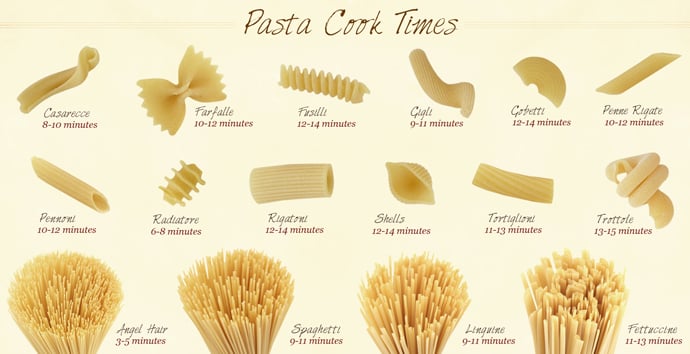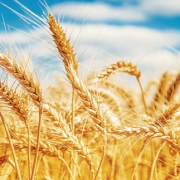Beyond Gluten: Role of Biologically Active Molecules in Non-Celiac Gluten Sensitivity
 Researchers trying to understand wheat-related health problems have found new clues to how the grain’s proteins, including gluten, change when cooked and digested. A study from the University of Milan, Italy, published in the journal of Food Research International, reveals the molecules released when real samples of bread and pasta are digested may pass through the gut lining and have a biological effect.
Researchers trying to understand wheat-related health problems have found new clues to how the grain’s proteins, including gluten, change when cooked and digested. A study from the University of Milan, Italy, published in the journal of Food Research International, reveals the molecules released when real samples of bread and pasta are digested may pass through the gut lining and have a biological effect.
Dr. Milda Stuknytė suggested, “While we know quite a lot about the mechanisms of celiac disease and how it’s connected to gluten, we still know relatively little about non-celiac gluten sensitivity. It’s just as important, and our research provides further insight into the proteins and the derived peptides that could be involved.
Rather than testing pure gluten, the researchers bought two kinds of sliced bread and four kinds of dried spaghetti to digest, from a commercial market. They cooked the spaghetti according to manufacturers’ guidelines, and then digested each sample using a simulated digestion system in the lab. Two of these molecules – called exorphins A5 and C5 – are released during digestion of real bread and pasta, and that they can survive digestion. The levels of the two molecules following digestion were quite different, with twice as much C5 being produced compared to A5; up to 1 milligram of C5 was produced from the in vitro digestion of a single serving size of pasta.
 Exorphins, which have also been found in the spinal fluid of people with schizophrenia and autism, and are thought to worsen the symptoms of these neurological diseases. They are similar to opioid molecules, so it’s possible they could have a drug-like effect on the brain.
Exorphins, which have also been found in the spinal fluid of people with schizophrenia and autism, and are thought to worsen the symptoms of these neurological diseases. They are similar to opioid molecules, so it’s possible they could have a drug-like effect on the brain.
“We were surprised to find such a high amount of C5 in some of the pasta samples,” said Dr. Stuknytė. “We still don’t know what effect this amount could have, but it’s plausible that it could have a potential opioid effect in humans.”
More information: “Release of wheat gluten exorphins A5 and C5 during in vitro gastrointestinal digestion of bread and pasta and their absorption through an in vitro model of intestinal epithelium” by Milda Stuknytė, Margherita Maggioni, Stefano Cattaneo, Paola De Luca, Amelia Fiorilli, Anita Ferraretto and Ivano De Noni (DOI: 10.1016/j.foodres.2015.04.002). The article has appeared in Food Research International, Volume 72 (June 2015) https://medicalxpress.com/news/2015-07-digesting-bread-pasta-biologically-molecules.html













